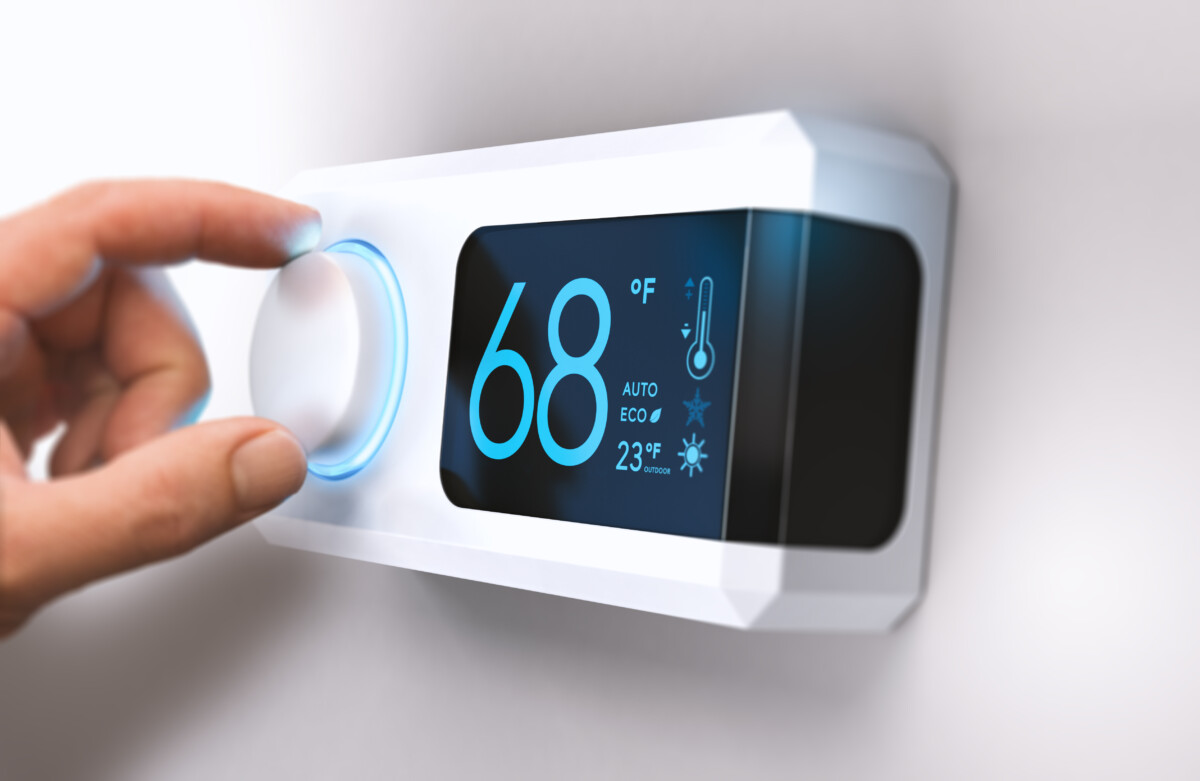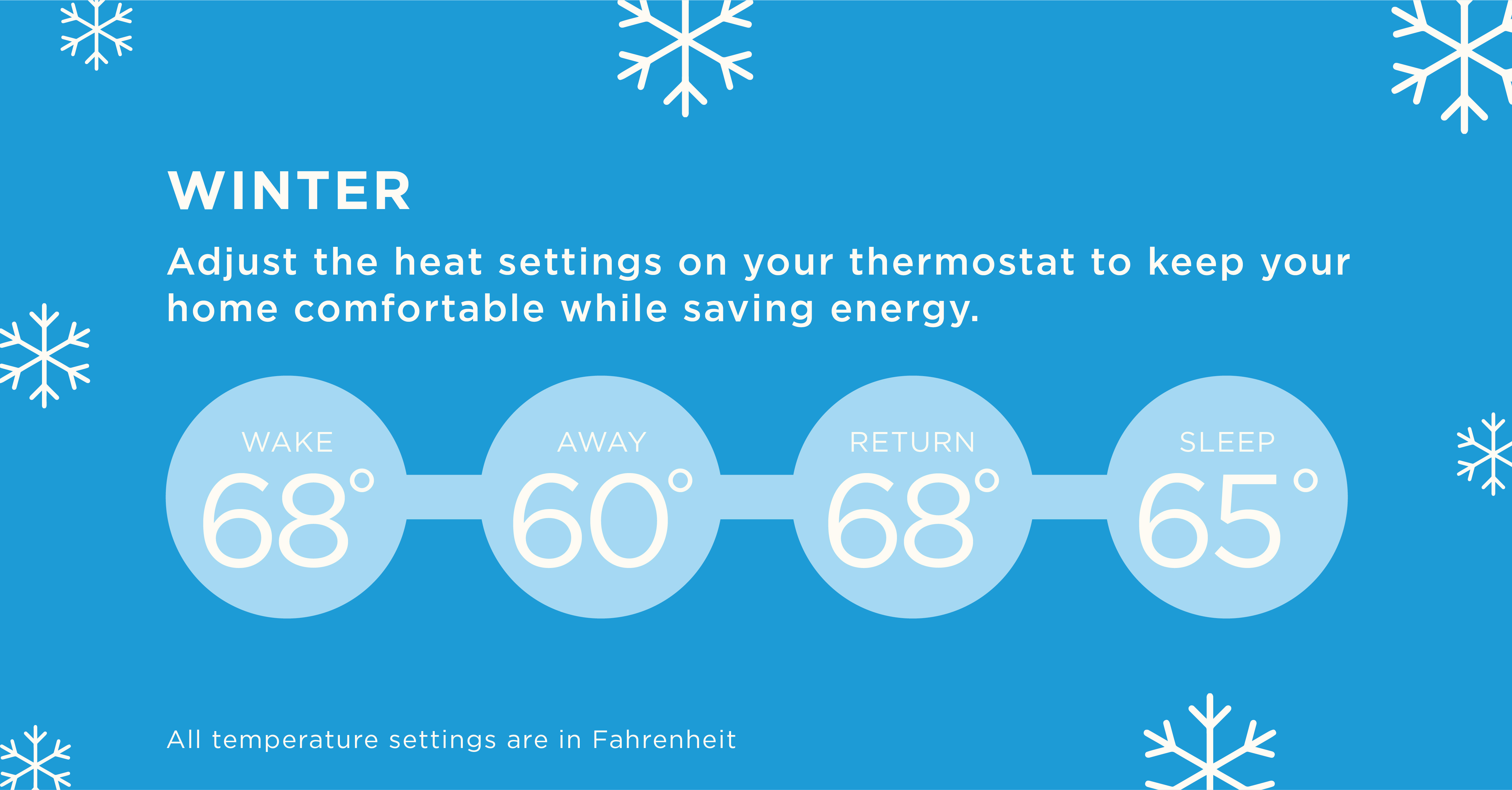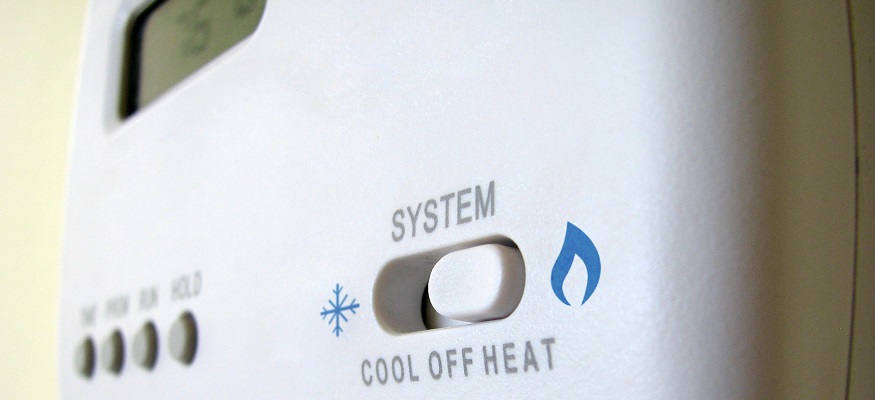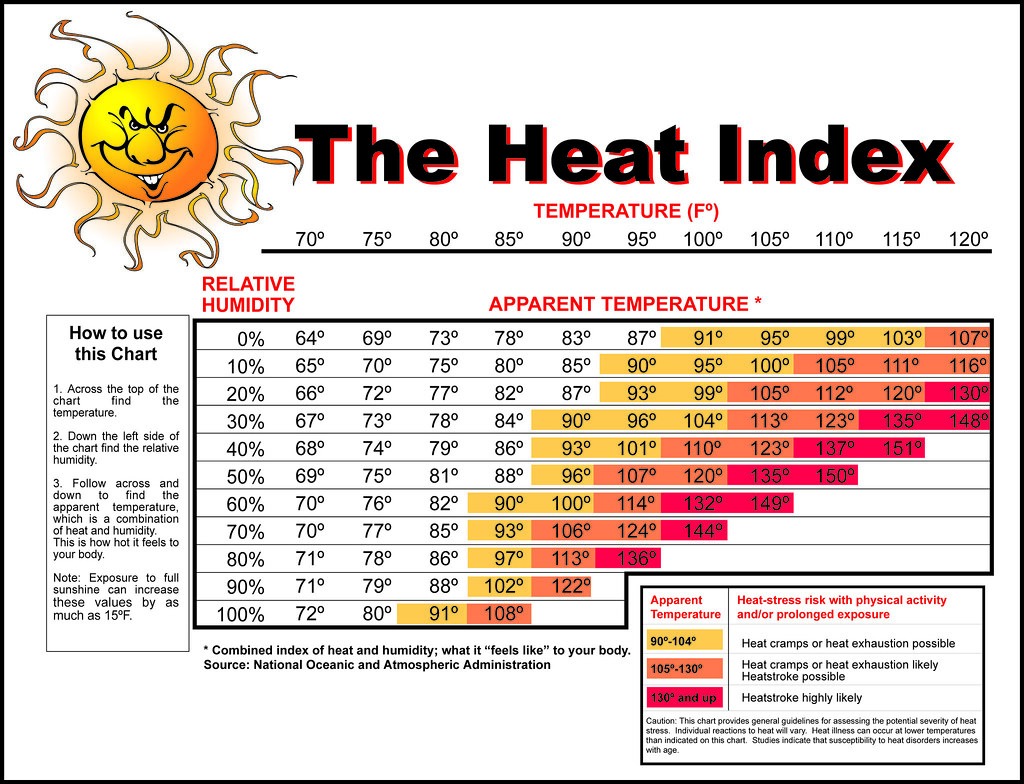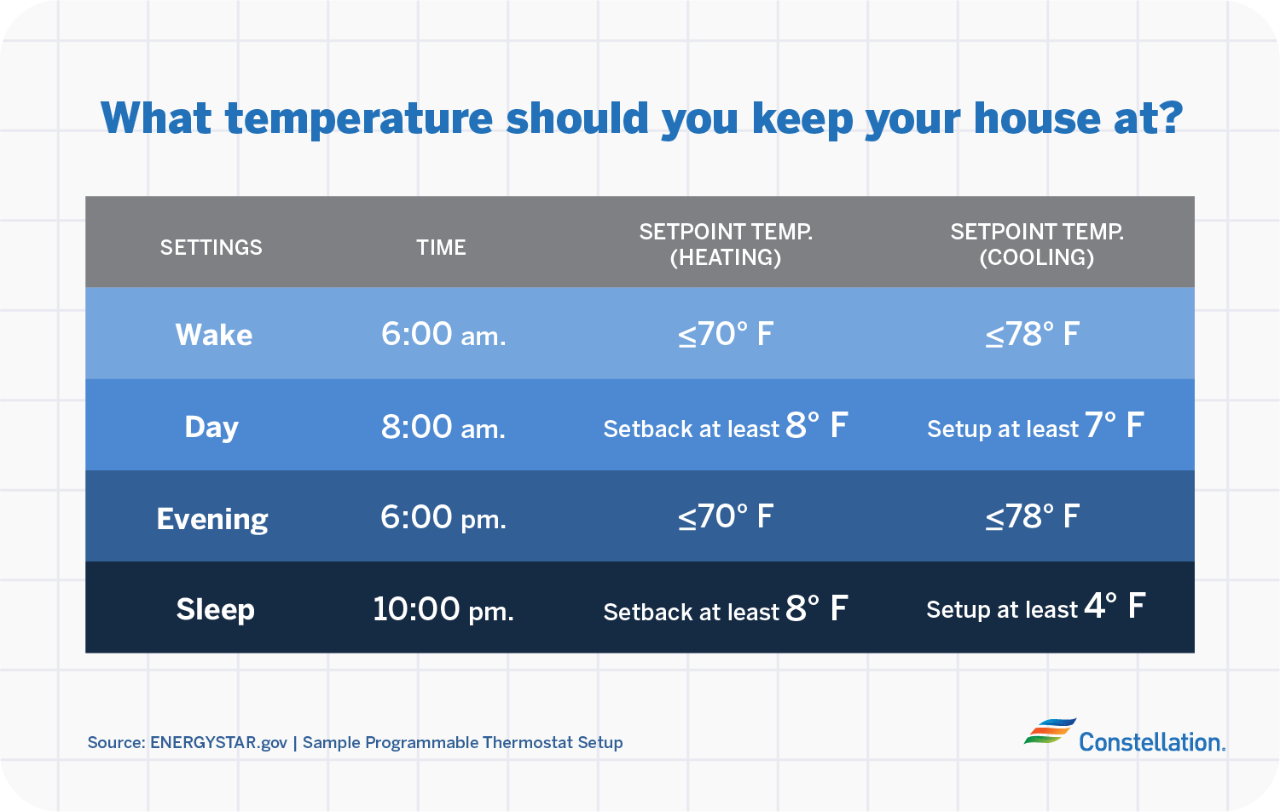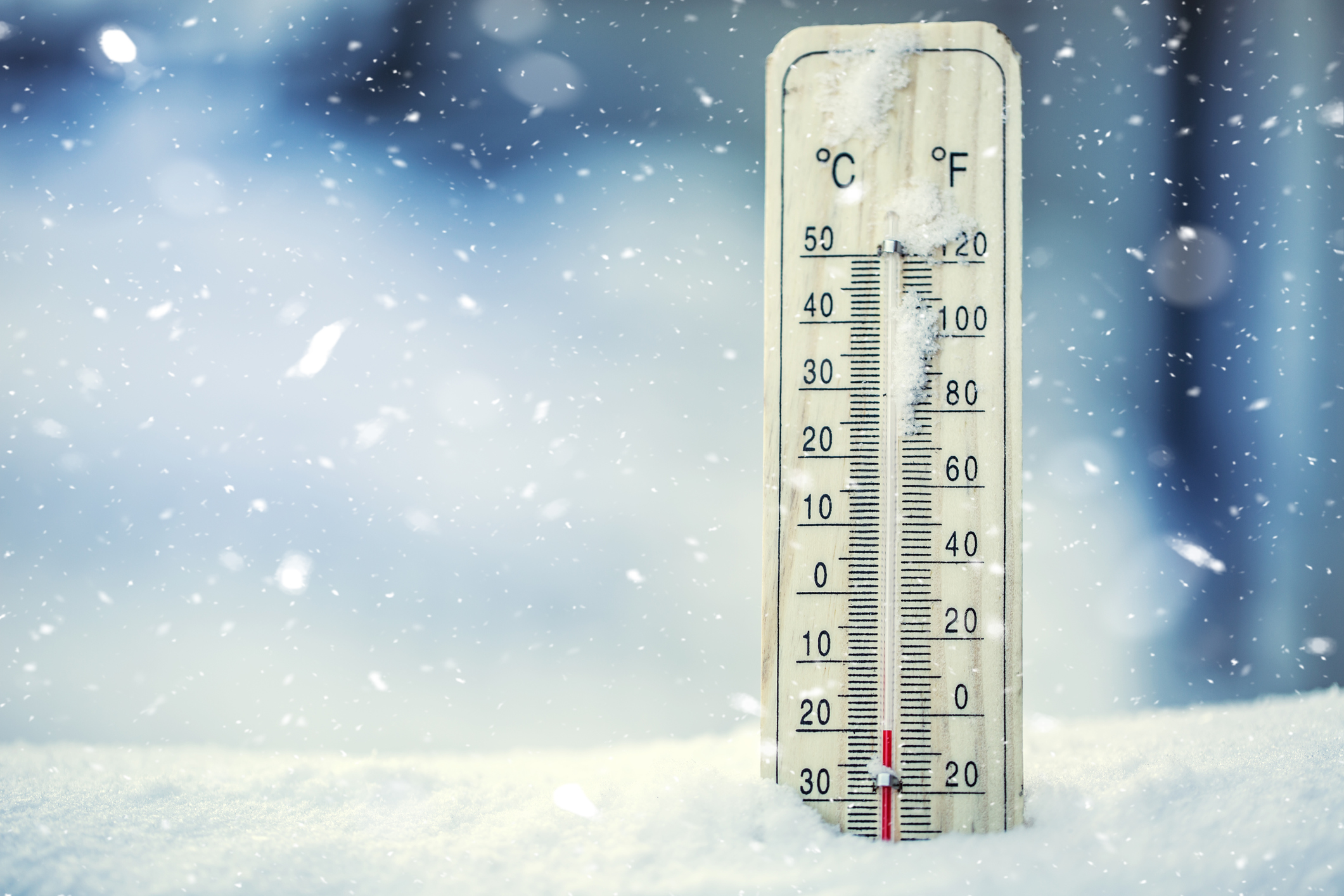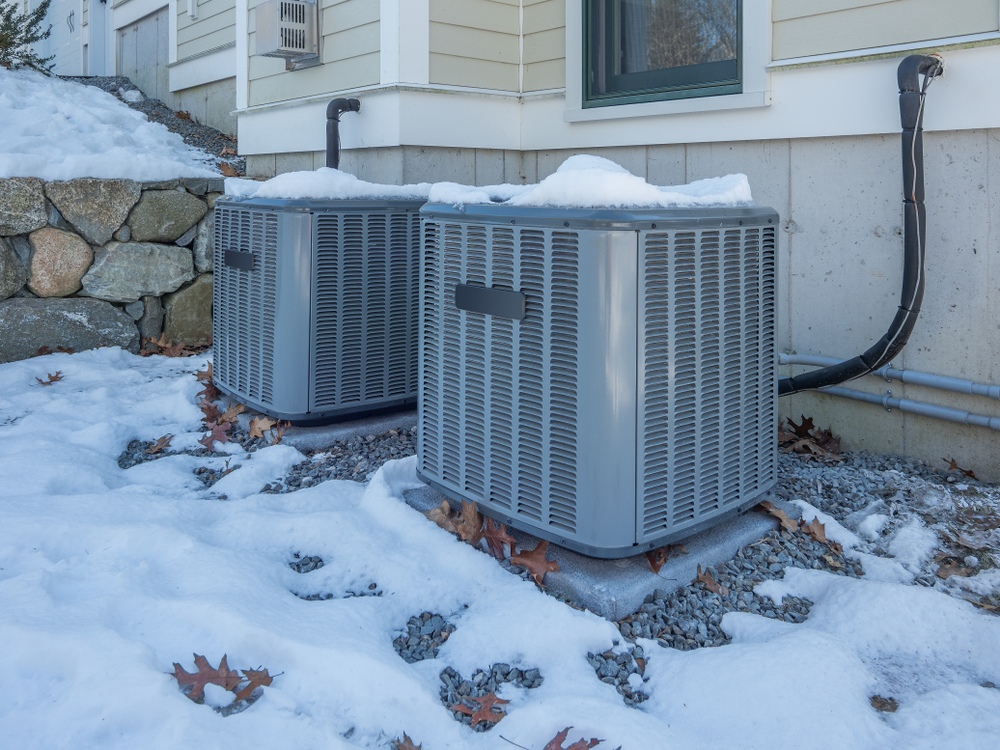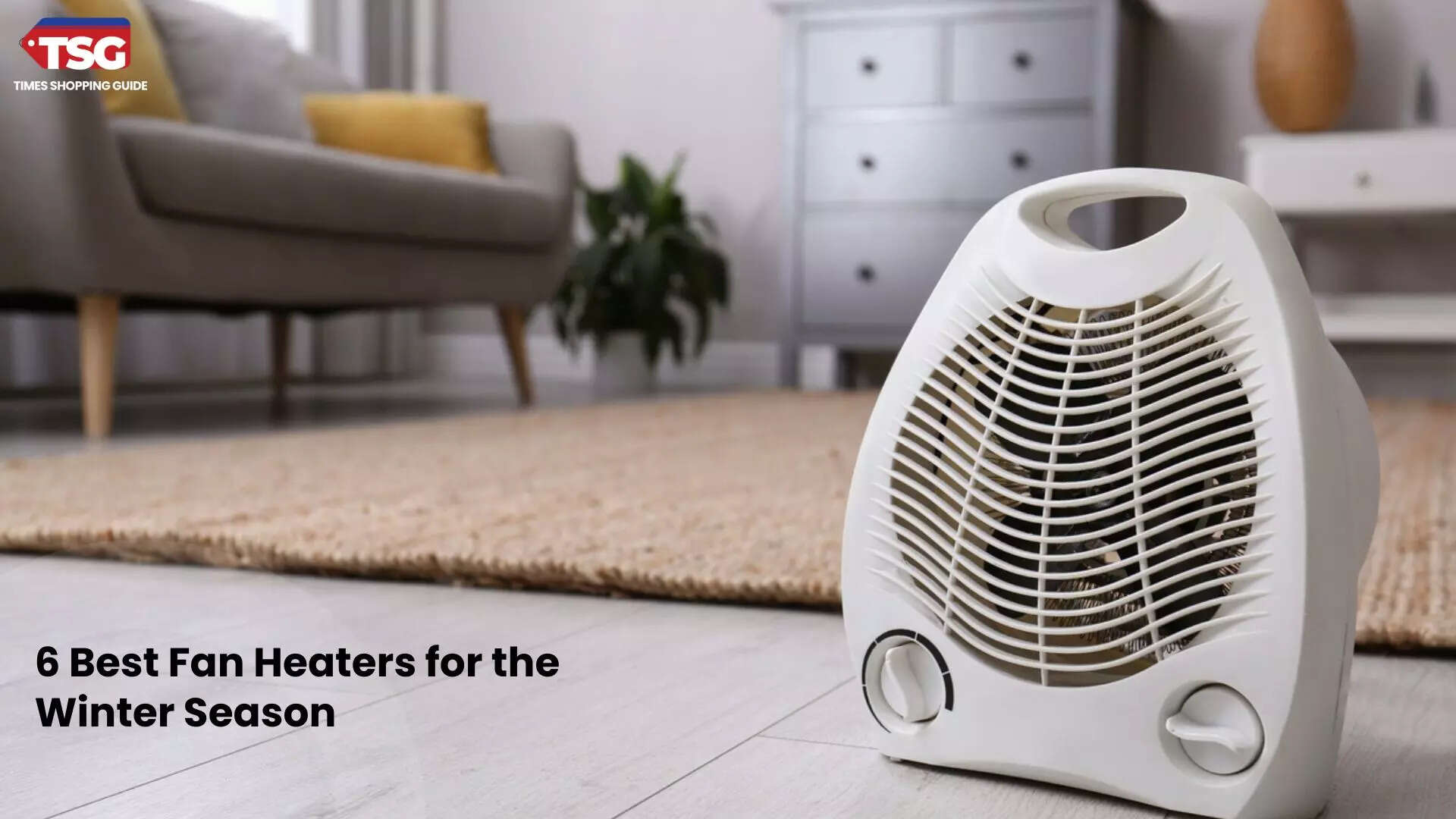Best Temperature For Heater In Winter Fahrenheit
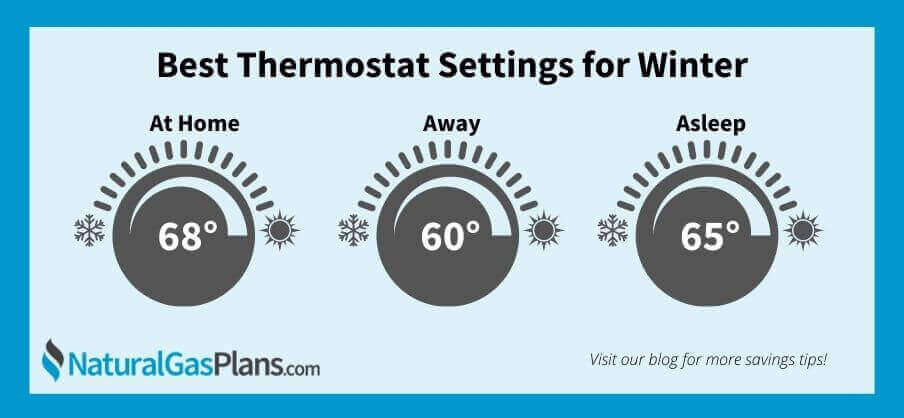
Finding Your Comfort Zone: The Best Temperature for Your Heater in Winter (Fahrenheit)
As the winter months descend, one question invariably arises: what's the ideal temperature to set my heater? The answer, while seemingly simple, is a nuanced one, influenced by factors ranging from energy efficiency to personal comfort and even health considerations. This article explores the optimal temperature settings for winter heating, considering various perspectives relevant to HVAC professionals, students, and homeowners alike.
The Balancing Act: Comfort vs. Cost
Generally, the U.S. Department of Energy recommends setting your thermostat to 68°F (20°C) when you're home and awake during the winter months. This temperature is often cited as a sweet spot, offering a balance between comfortable living and minimizing energy consumption. Lowering the thermostat when you're asleep or away from home can lead to significant energy savings. For every degree you lower your thermostat for eight hours, you can save around 1% on your heating bill. This underscores the importance of programmable thermostats or smart thermostats that automatically adjust temperatures based on occupancy schedules.
However, individual comfort levels vary. Some individuals may find 68°F chilly, while others may find it perfectly adequate. Factors such as age, health, and activity level can influence preferred temperatures. For example, elderly individuals or those with certain medical conditions may require warmer indoor temperatures.
The Impact of Insulation and HVAC System Efficiency
The effectiveness of your heating system and the quality of your home's insulation significantly impact the optimal temperature setting. A well-insulated home will retain heat more effectively, allowing you to maintain a comfortable temperature at a lower thermostat setting. Conversely, a poorly insulated home will require higher thermostat settings to achieve the same level of comfort, resulting in increased energy consumption.
The efficiency of your HVAC system, measured by its Annual Fuel Utilization Efficiency (AFUE) rating for furnaces and Seasonal Energy Efficiency Ratio (SEER) for air conditioners (relevant in milder winter climates), also plays a critical role. A higher AFUE or SEER rating indicates a more efficient system, meaning it will consume less energy to produce the same amount of heat or cooling. Regular maintenance, including filter changes and professional tune-ups, is crucial for maintaining optimal HVAC system efficiency. Neglecting maintenance can lead to reduced efficiency and increased energy bills.
Health Considerations and Humidity Levels
Maintaining a comfortable indoor temperature during winter is not just about comfort; it's also about health. Extremely cold temperatures can exacerbate certain medical conditions, such as asthma and arthritis. Dry air, common during winter months when heating systems are in operation, can also contribute to respiratory problems and skin irritation. Maintaining adequate humidity levels, ideally between 30% and 50%, is essential for mitigating these health risks. This can be achieved using humidifiers or whole-house humidification systems.
Conversely, excessively high humidity levels can promote mold growth, which can also pose health risks. Therefore, it's important to monitor humidity levels and adjust them as needed.
Career Paths in HVAC: A Growing Field
The HVAC industry is experiencing steady growth, driven by factors such as increasing demand for energy-efficient heating and cooling systems, stricter environmental regulations, and the need for skilled technicians to maintain and repair existing systems. According to the U.S. Bureau of Labor Statistics, the median annual wage for HVAC mechanics and installers was $51,390 in May 2022. The job outlook is projected to grow 5 percent from 2022 to 2032, about as fast as the average for all occupations.
Several career paths are available within the HVAC industry, including:
- HVAC Technician: Installs, maintains, and repairs heating, ventilation, and air conditioning systems.
- HVAC Installer: Focuses on installing new HVAC systems in residential and commercial buildings.
- HVAC Service Technician: Specializes in troubleshooting and repairing malfunctioning HVAC systems.
- HVAC Sales Engineer: Designs and sells HVAC systems to clients, often requiring engineering expertise.
Essential Certifications for HVAC Professionals
Obtaining relevant certifications can significantly enhance career prospects in the HVAC industry. Some of the most recognized certifications include:
- NATE (North American Technician Excellence): NATE certification demonstrates a technician's knowledge and skills in specific HVAC areas.
- EPA Section 608 Certification: Required for technicians who handle refrigerants, ensuring compliance with environmental regulations. Different types are available. Type I focuses on servicing small appliances; Type II on high-pressure appliances; Type III on low-pressure appliances; and Universal covers all three.
- HVAC Excellence: Offers various certifications for HVAC professionals, covering different aspects of the industry.
Many employers prioritize candidates with these certifications, as they demonstrate a commitment to professionalism and expertise. Some states may also require specific licenses for HVAC technicians.
Real-World Examples of HVAC Career Paths
Consider the career path of Sarah, a recent graduate of an HVAC training program. Sarah began her career as an HVAC installer, working on new construction projects. After gaining experience, she pursued NATE certification and transitioned into a service technician role, specializing in diagnosing and repairing complex HVAC systems. Her expertise and certifications allowed her to advance to a lead technician position, overseeing a team of technicians and managing service operations.
Another example is Mark, who started as a maintenance technician for a large commercial building. He obtained his EPA 608 certification and gradually expanded his knowledge and skills through on-the-job training and continuing education. Mark eventually became a certified energy manager, responsible for optimizing the energy efficiency of the building's HVAC systems and reducing energy costs.
Tips for Employers Hiring HVAC Professionals
When hiring HVAC professionals, employers should consider the following factors:
- Certifications: Prioritize candidates with relevant certifications, such as NATE and EPA 608.
- Experience: Look for candidates with practical experience in the specific area of expertise required.
- Technical Skills: Assess candidates' knowledge of HVAC systems, troubleshooting techniques, and diagnostic tools.
- Soft Skills: Evaluate candidates' communication, problem-solving, and customer service skills.
- Background Checks: Conduct thorough background checks to ensure the safety and security of your clients.
Offering competitive salaries and benefits packages is also crucial for attracting and retaining top talent in the HVAC industry. Investing in employee training and development can further enhance their skills and improve overall performance.
Conclusion: Optimizing Comfort and Efficiency
Determining the best temperature for your heater in winter is a balancing act between comfort, cost, and health. While 68°F is often recommended as a starting point, individual preferences and circumstances may warrant adjustments. Factors such as insulation, HVAC system efficiency, and humidity levels also play a significant role. For HVAC professionals, staying abreast of industry trends, obtaining relevant certifications, and continuously expanding their knowledge and skills are essential for career advancement. For employers, prioritizing candidates with the right qualifications and providing a supportive work environment are crucial for building a successful HVAC team. By considering these factors, we can optimize comfort and efficiency during the winter months while fostering a thriving HVAC industry.
